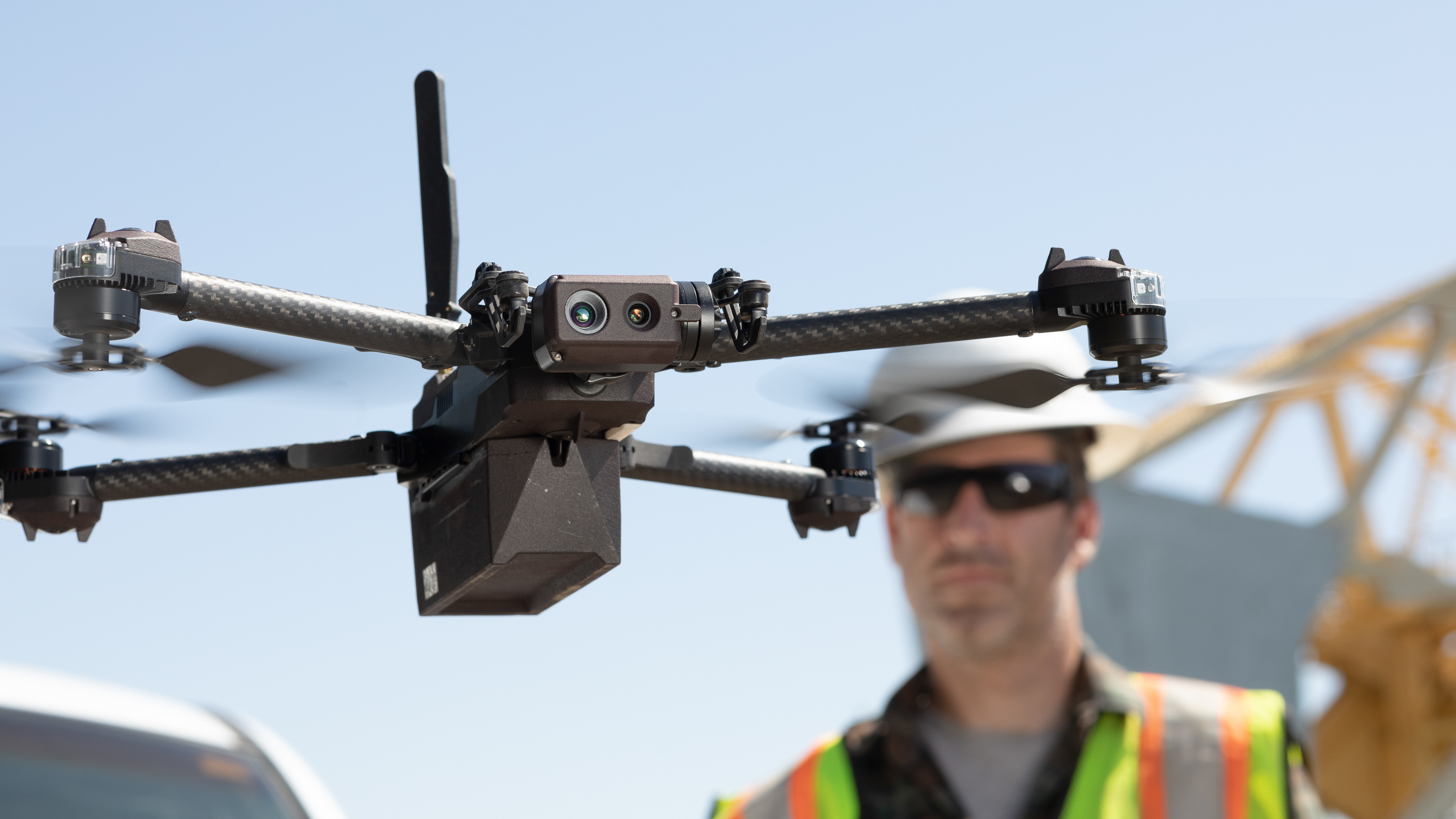What are aspect ratios?
Picture can come in many different shapes and sizes, from square, through rectangular, wide and panoramic
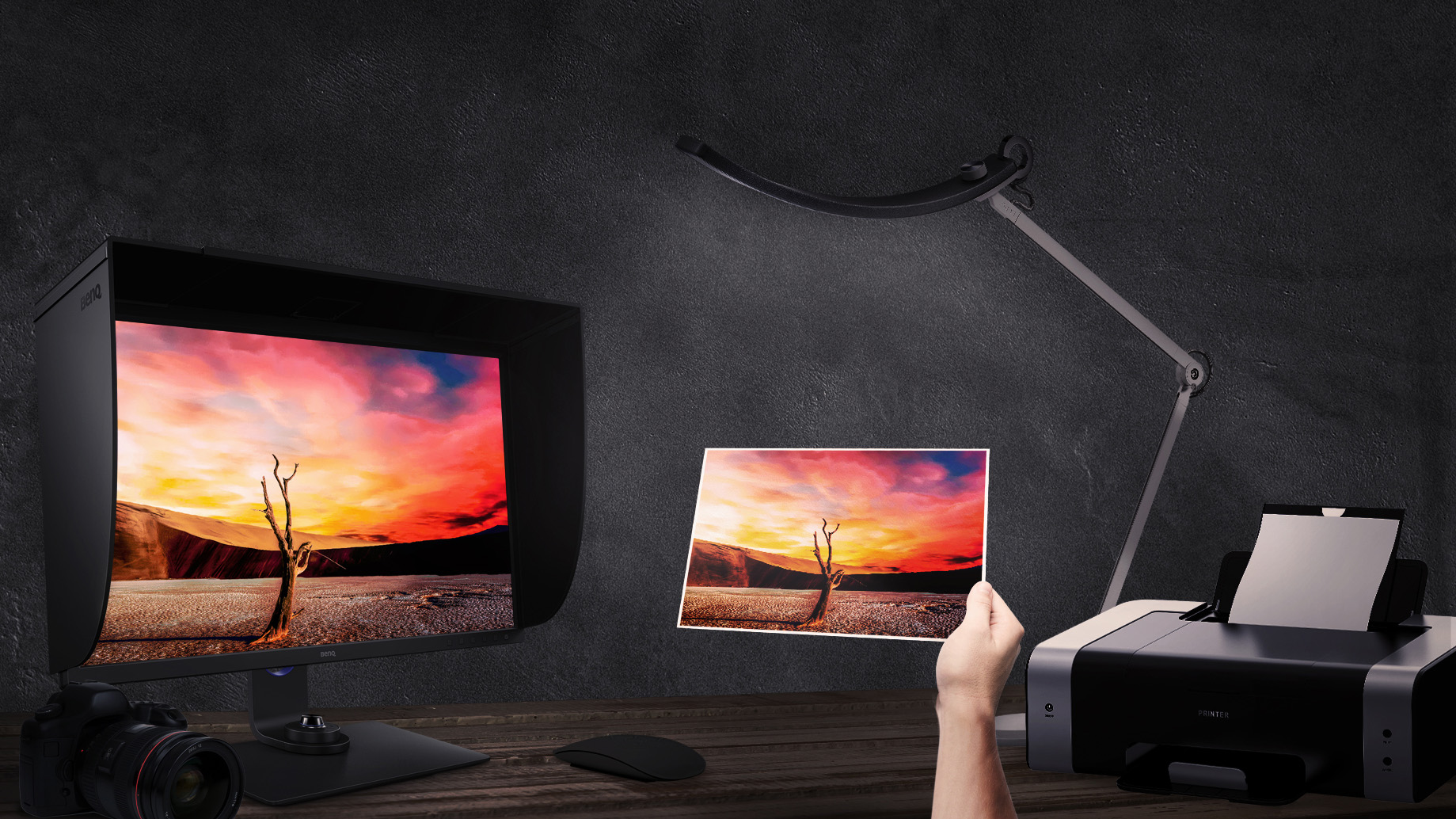
Unless you have a perfectly square picture, every photograph has a ‘long side’ and a ‘short side’. The relationship of one to the other is known as the ‘aspect ratio’.
So if you have a sensor or a frame of film that measures 36mm by 24mm, the aspect ratio is 3:2 (dividing the length of both sides by 12 to get the lowest common denominator). By finding the relationship between the sides, we can quickly find the simplest ratio that expresses the proportions of the picture. In the case of a square-shaped shot, the long and short sides are both the same, so distilling it to its simplest form, the ratio would be 1:1.
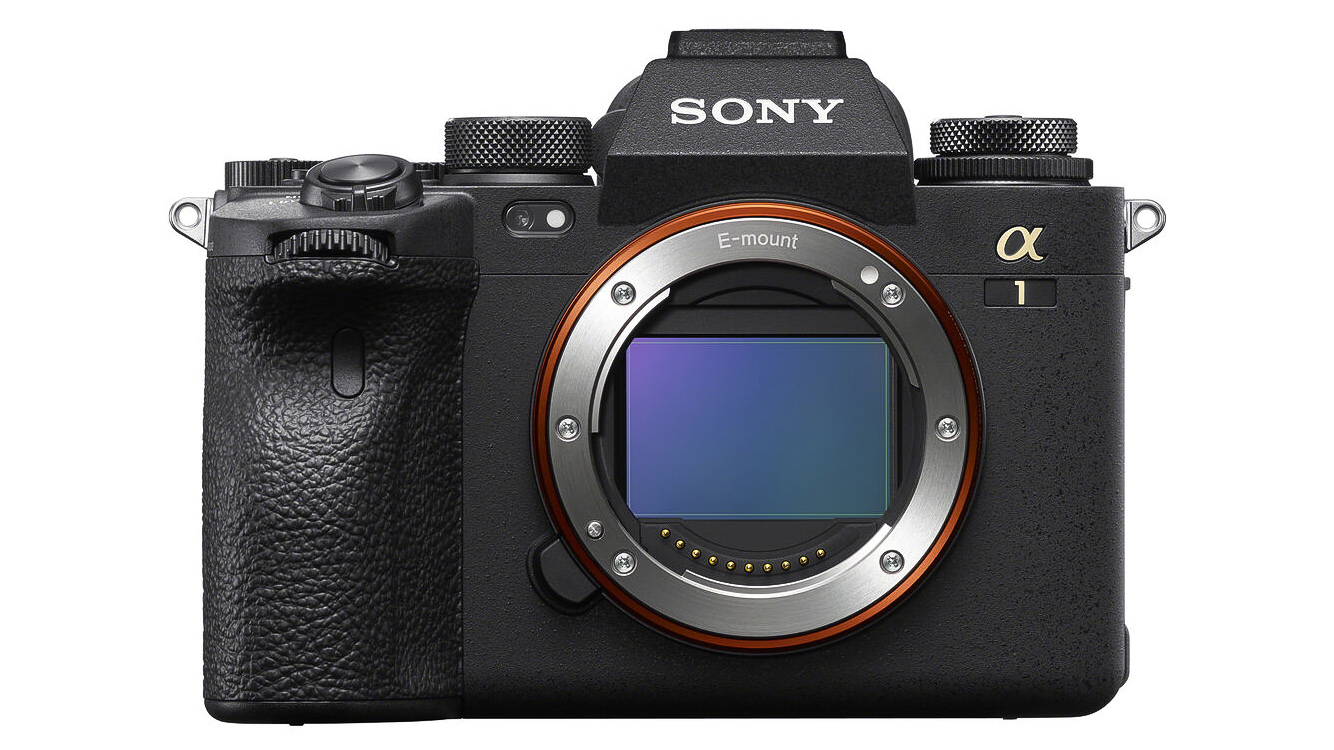
TVs and computer screens
You'll get a different ratio with the picture on a high definition TV. Though actual screen sizes vary, the picture itself is made up of 1920 pixels on the long side, and 1080 pixels on the short side. Divide both these numbers by 120, and you arrive at a ratio of 16:9, which is the aspect ratio of all HD TVs.
Go back to the 1990s – before the advent of widescreen TVs – and the established ratio for television was 4:3. This was also the accepted ratio for early computer screens, as they displayed 640 x 480 pixels (just divide by 160 to get the 4:3 ratio). Nowadays, many laptop and tablet displays use 16:10, so when viewed horizontally, they’re a little deeper than an HD TV picture.
Compact cameras, smart phones and micro FourThirds system cameras from Olympus and Panasonic still offer a 4:3 ratio, as that is the actual aspect ratio of the sensor. Of course, the shot you take can be cropped to offer a different aspect ratio such as of 3:2 or 16:9, but the native aspect ratio is still 4:3 as that is the shape of the sensor recording the data.
Cinema and video aspect ratios
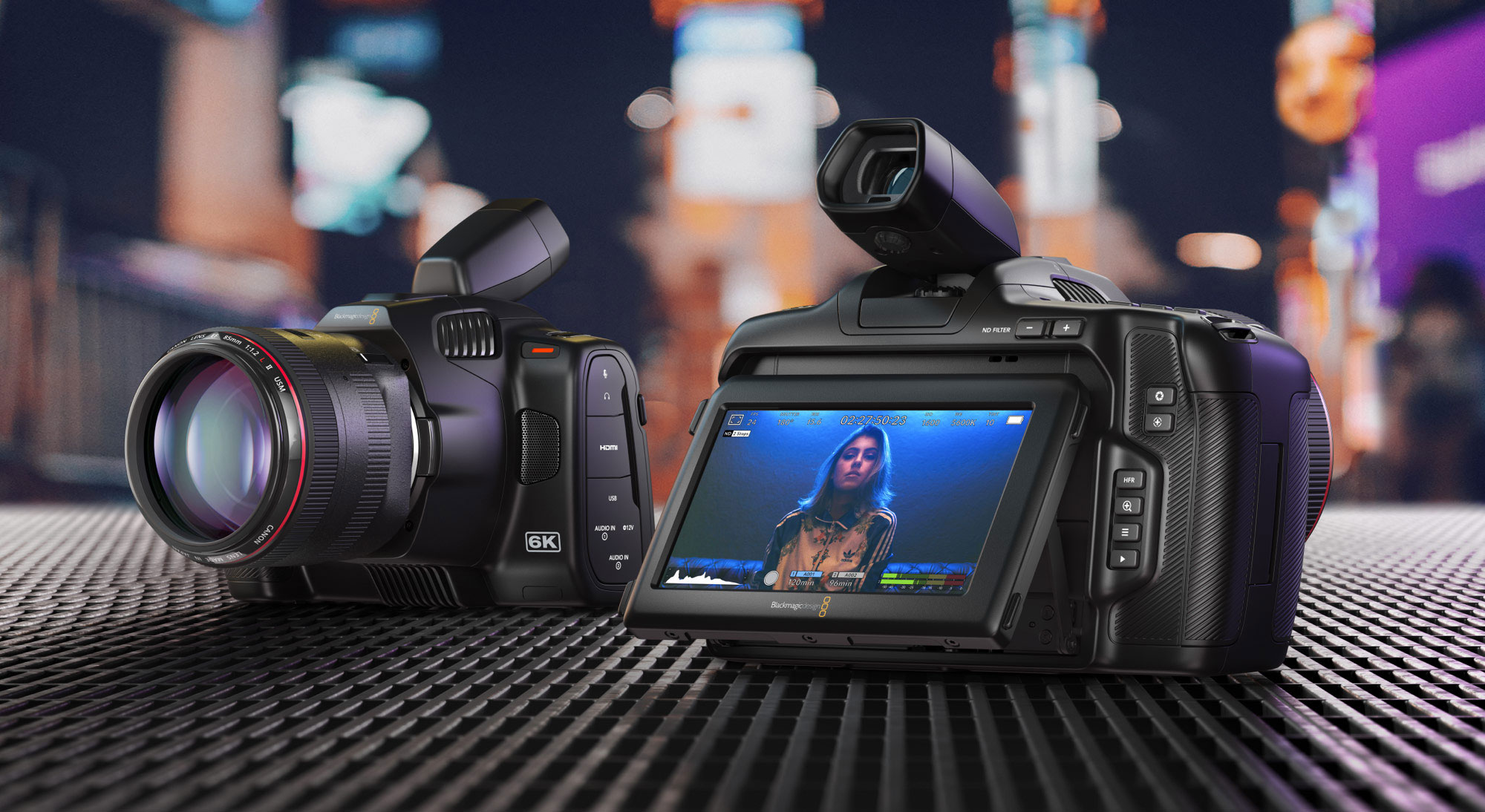
One confusing part of aspect ratios is that in cinema, it’s traditional to give the long side of a picture after expressing the short side as “1”. So a typical Hollywood blockbuster would have an aspect ratio of 2.35:1. If you treat the 3:2 aspect ratio of many cameras in a cinematic way, it becomes 1.5:1, and 16:9 would be 1.78:1. In some ways, the cinema method is simpler to visualise, as the width is directly related to a height unit of 1, but it’s not the norm when referring to stills photography or television aspect ratios.
After you’ve taken a photo, you can of course crop it in software to produce any aspect ratio you like. Sometimes a ‘letterbox’ crop of a 17:6 panoramic camera will add drama to a shot, and other times, the square format of a 6x6 medium format camera will be the perfect shape to show off the content of the image. If your image is for publication in a magazine, then it needs to fit the ratio of the paper it’s going on.
Aspect ratios and print sizes
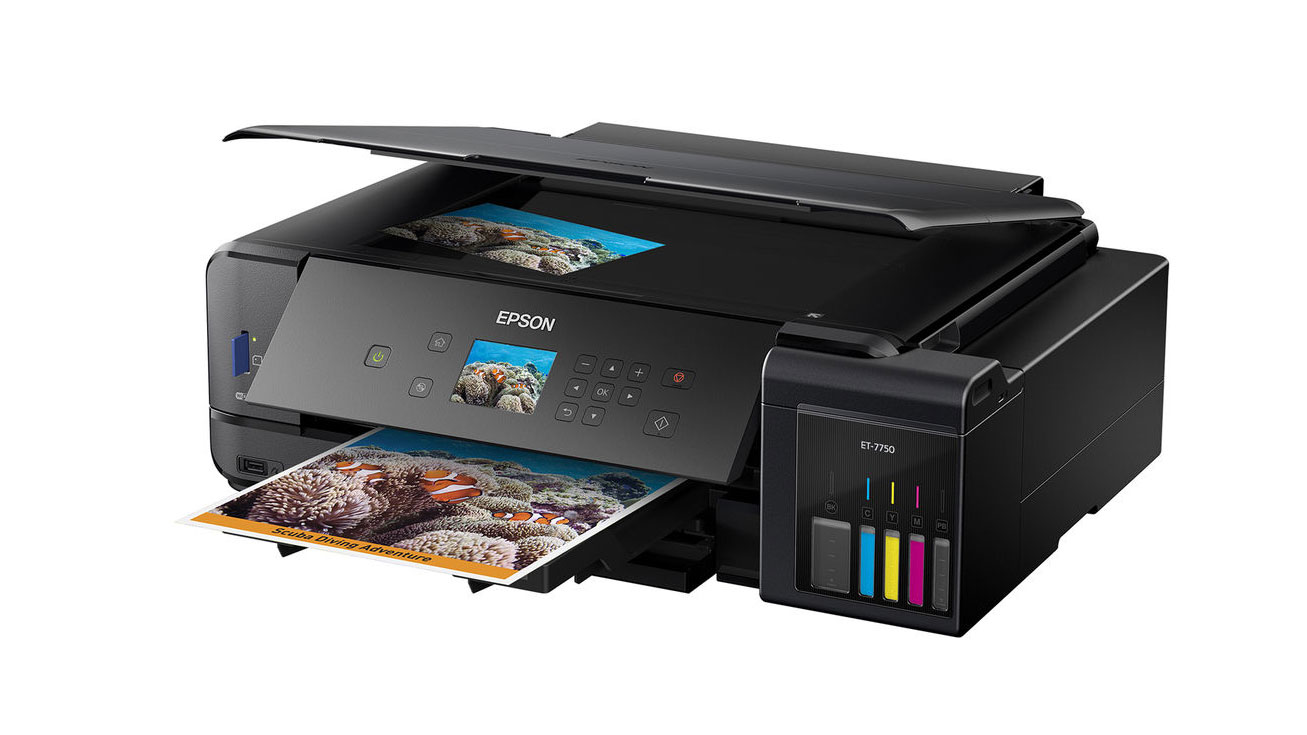
Your camera's native aspect ratio won't always match the size of the photo papers you want to print on. 6x4" photo paper has an aspect ratio of 3:2, like many cameras, but this is actually quite 'wide' for most print sizes. 7x5" photo paper, and A4 photo paper, is slightly more 'square', while the traditional 10x8" photo paper is squarer still. Your photos will be cropped to the paper's aspect ratio when you print them, but you may want to do this manually to have more control over how the picture is cropped.
Try different aspect ratios
For convenience, all the different crop ratios you might need can be set up in Photoshop and other photo editing programs, but one of the easiest ways to try different aspects is to use Photoshop's Rectangular Marquee tool.
Get the Digital Camera World Newsletter
The best camera deals, reviews, product advice, and unmissable photography news, direct to your inbox!
In the Options bar, set the Style box to Fixed Ratio, and then key in the width and height (it doesn’t matter whether you use stills-camera speak or cinema-speak!). Then drag the box over the screen to see how your new aspect will look. If you like it, go to Image > Crop, and you’re done.
Aspect ratios on YouTube
Aspect ratios are very important for video. What do you do if the aspect ratio of your video is different to the one you want to use? You might have an old-school 4:3 ratio video that you want to publish as a more up to date 16:9 video, for example.
You have two options: You can either crop the video to the new, wider format and hence lose some of the image area at the top and bottom, or 'stretch' a 4:3 video to fit the wider 16:9 format.
The answer? ALWAYS crop and NEVER stretch. Cropped video isn't ideal, as you lose some of the area of a video that might not have been very high resolution in the first place, but stretched video looks absolutely awful. Don't do it!
Read more:
• Best cameras to buy
• Best photo printers
• Best monitors for photographers
• Best cameras for video
Jon started out as a film-maker, working as a cameraman and video editor before becoming a writer/director. He made corporate & broadcast programmes in the UK and Middle East, and also composed music, writing for TV, radio and cinema. Jon worked as a photographer and journalist alongside this, and took his video skills into magazine publishing, where he edited the Digital Photo magazine for over 15 years. He is an expert in photo editing, video making and camera techniques.

